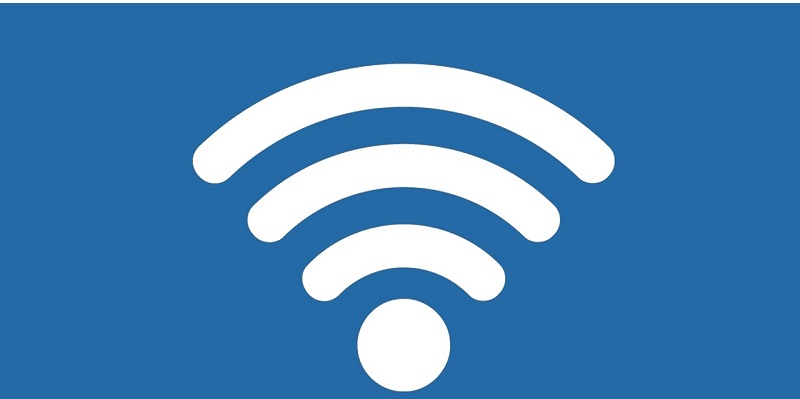In a world where connectivity plays a crucial role in our daily lives, the evolution of Wi-Fi has paved the way for faster, more reliable wireless internet. The most recent version, Wi-Fi 6E, supports breakneck transfer speeds and allows for many simultaneous wireless connections. Now, the stage is set for the advent of Wi-Fi 7, promising even more fantastic wireless enhancements.
Development and Adoption of Wi-Fi 7
Although still technically in the drafting stages, the anticipation surrounding Wi-Fi 7 has already sparked interest from industry leaders. Manufacturers like TP-Link and Lenovo are already developing chips for routers and laptops based on the draft provided by the Institute of Electrical and Electronics Engineers (IEEE). Furthermore, support for Wi-Fi 7 already appears in Android 13 for mobile devices and will undoubtedly be supported in Windows 11 and future operating systems.
Expected timeline and availability of Wi-Fi 7
The final sign-off for IEEE 802.11be, the official name for Wi-Fi 7, is expected in early 2024. With this timeline in mind, it’s reasonable to assume that most consumer devices supporting Wi-Fi 7 will be available for purchase as close as possible to the same timeframe. This eagerly anticipated upgrade is poised to revolutionize the way we connect to the internet. Wi-Fi 7 brings a host of impressive enhancements that push the boundaries of wireless connectivity even further.
Increased transfer speeds and bandwidth
Wi-Fi 7 jumps to 320MHz for its 6GHz band, doubling the channel width compared to Wi-Fi 6E. This expanded bandwidth allows for faster data transfer rates, enabling seamless streaming, lag-free gaming, and lightning-fast downloads. With Wi-Fi 7, you can say goodbye to frustrating buffering and experience the web at blazing speeds.
Expanded number of simultaneous connections
One of the primary concerns of today’s interconnected world is the ability to support numerous devices simultaneously. Wi-Fi 7 addresses this concern by incorporating Multi-User Multiple Input Multiple Output (MU-MIMO) technology. Unlike its predecessor, Wi-Fi 7 supports up to 16 streams, ensuring a seamless and uninterrupted connection for all your devices. Whether you have smart home devices, smartphones, tablets, or gaming consoles, Wi-Fi 7 provides a more reliable and efficient wireless experience.
Improving Signal Stability and Reducing Latency
Each version of Wi-Fi has consistently pledged to reduce latency, expand the number of simultaneous connections, and improve signal stability. Wi-Fi 7 continues this tradition by incorporating advancements in beamforming technology. This feature focuses the signals towards connected devices, enhancing their overall performance and reducing interference. The result is a more stable and reliable connection, especially in crowded environments with multiple Wi-Fi networks.
4K-QAM technology
One of the key upgrades in Wi-Fi 7 is 4K-QAM technology. This refers to using radio signals that carry your traffic to transmit 4096 symbols, with each symbol holding 12 bits of data. This means that Wi-Fi 7 can transmit a higher volume of data per symbol, ultimately leading to greater efficiency and higher data rates. With 4K-QAM, Wi-Fi 7 maximizes the potential of wireless connectivity, enabling users to enjoy applications that demand high bandwidth, such as virtual reality, augmented reality, and 4K streaming, with ease.
The pros and cons of early adoption
While it’s true that the theoretical maximums of transfer speeds and bandwidth will be increased with Wi-Fi 7, there is no guarantee that you will benefit as an early adopter. As with any new technology, there are potential drawbacks. Early iterations of Wi-Fi 7 may come with compatibility issues, limited device options, and higher costs. It’s important to weigh the benefits against the risks before diving into this exciting new era of wireless connectivity.
Wi-Fi 7 promises to be a game-changer in the realm of wireless connectivity. With increased transfer speeds, expanded simultaneous connections, improved signal stability, and 4K-QAM technology, users can look forward to a more efficient and immersive online experience. However, as with any new technology, it’s important to consider the potential drawbacks and weigh the benefits before embracing Wi-Fi 7. The future of wireless connectivity is just around the corner, and it’s up to us as consumers to determine how we’ll adapt to this innovative leap forward.

